COVID-19: The Ultimate Design Thinking Use Case
An emergency field hospital with tents customarily used for disaster relief has been opened in New York’s Central Park, and across the globe, “social distancing” has become part of our everyday behavior.
We are coming to grips with COVID-19, but it has caught us off guard. As most of the world’s population is under some form of lockdown, we find ourselves in the middle of an unprecedented social experiment with many people working remotely and entire families staying home.
A global pandemic of this scale was inevitable. For years, we have been warned of the possibility by hundreds of health experts, and in 2015, Bill Gates talked about how unprepared we are in his TED talk. He grimly warned: “If anything kills over 10 million people in the next few decades, it’s most likely to be a highly infectious virus rather than a war.” We are now faced with a challenge that has no parallel in peacetime this century.

While most people manage to “keep calm and carry on,” friction and frustration are inevitable living under such a crisis. But duress lays fertile ground for innovation, and during times such as these, eager designers and creatives can’t help but see opportunities for improvement.
If we approached COVID-19 as a design problem, could we find innovative ways to apply design thinking and human-centered design principles to help soothe everyday frustrations and mitigate the most pressing issues? Drawing parallels between the problems of the global pandemic and those of product and service design, the similarities are obvious.
At the intersection of the innovator’s mindset and creative thinking, we could explore ways to help the world deal with this and the next pandemic. Reaching into our designer’s toolkit, we could deploy the staples of our craft, including problem definition, ethnographic research, ideation, prototyping, and user testing. Taking advantage of recent innovations and the latest technology, we could run Design Sprints, focus on a specific problem, generate multiple solutions, build prototypes, and get rapid feedback.

The Design Thinking Process Applied to COVID-19
A global pandemic puts enormous stress on governments and healthcare services. Suddenly, there is a scramble to circulate the correct information and roll out products and services to deal with the crisis. These challenges bring together a blend of product design, experience design, and service design problems that are desperate for a solution, and design thinking can help.
Design thinking is a methodology that provides a solution-based approach to solving problems. It combines what’s desirable from a human point of view with what is technologically feasible and economically viable. It’s useful in tackling loosely defined, complex problems by understanding human needs.
Design thinking is unique compared with other forms of problem-solving methods in that it’s a non-linear process focused on delivering outcomes, rather than being focused on a precise problem definition. The design thinking process consists of five stages: empathize, define, ideate, prototype, and test. Each step needs to be given appropriate resources and the proper duration to create an end product that reliably meets user needs.
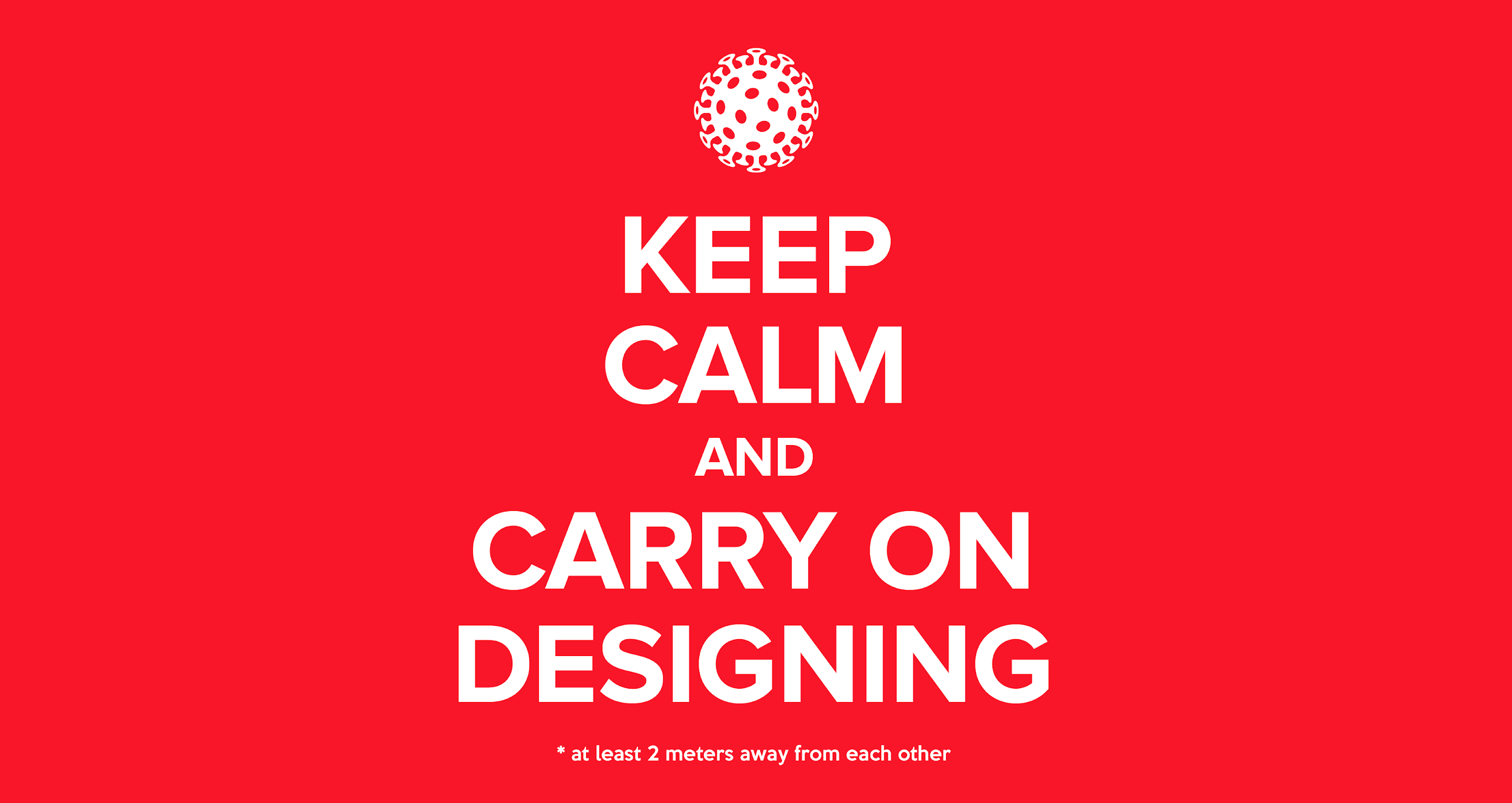
Information Clarity, Consistency, and Distribution
The flow of information is essential to curbing a pandemic. While the virus responsible for the COVID-19 pandemic was spreading, it took authorities several weeks to consolidate their messaging and make it consistent. With advanced technology, the distribution of information isn’t the problem. It’s transmitting the right information to the right people at the right time.
In times of crisis, there is an acute need for standardized, consistent, and effective information design. Principle four from the Nielsen Norman Group’s 10 Usability Heuristics for User Interface Design states: “Users should not have to wonder whether different words, situations, or actions mean the same thing.”
To contain the outbreak, the UK government quickly moved to design clear, consistent messaging, taking advantage of the rule of three: “Stay at home. Protect the NHS. Save lives.” It was widely distributed via the internet and media. People received texts, got emails, and saw posters on the street, all of which has proved to be very effective.

Unfortunately, not all governments are created equal, and too little came too late from too many. Particularly when lives are at stake, clear and consistent instructions from healthcare services and authorities need to be out sooner rather than later.
In an ideal scenario, an emergency “design commission” with an army of volunteer designers and content strategists could spring into action to rapidly craft and test various designs. Taking the design thinking phases of empathize, define, and ideate, this rapid response team of designers could assist authorities with formulating the right kind of messaging.
During the final phase of design thinking: implementation, governments could text millions of people with new rules around social distancing with the help of mobile operators. Getting information out rapidly over a variety of channels would ensure people receive the right kind of information promptly.
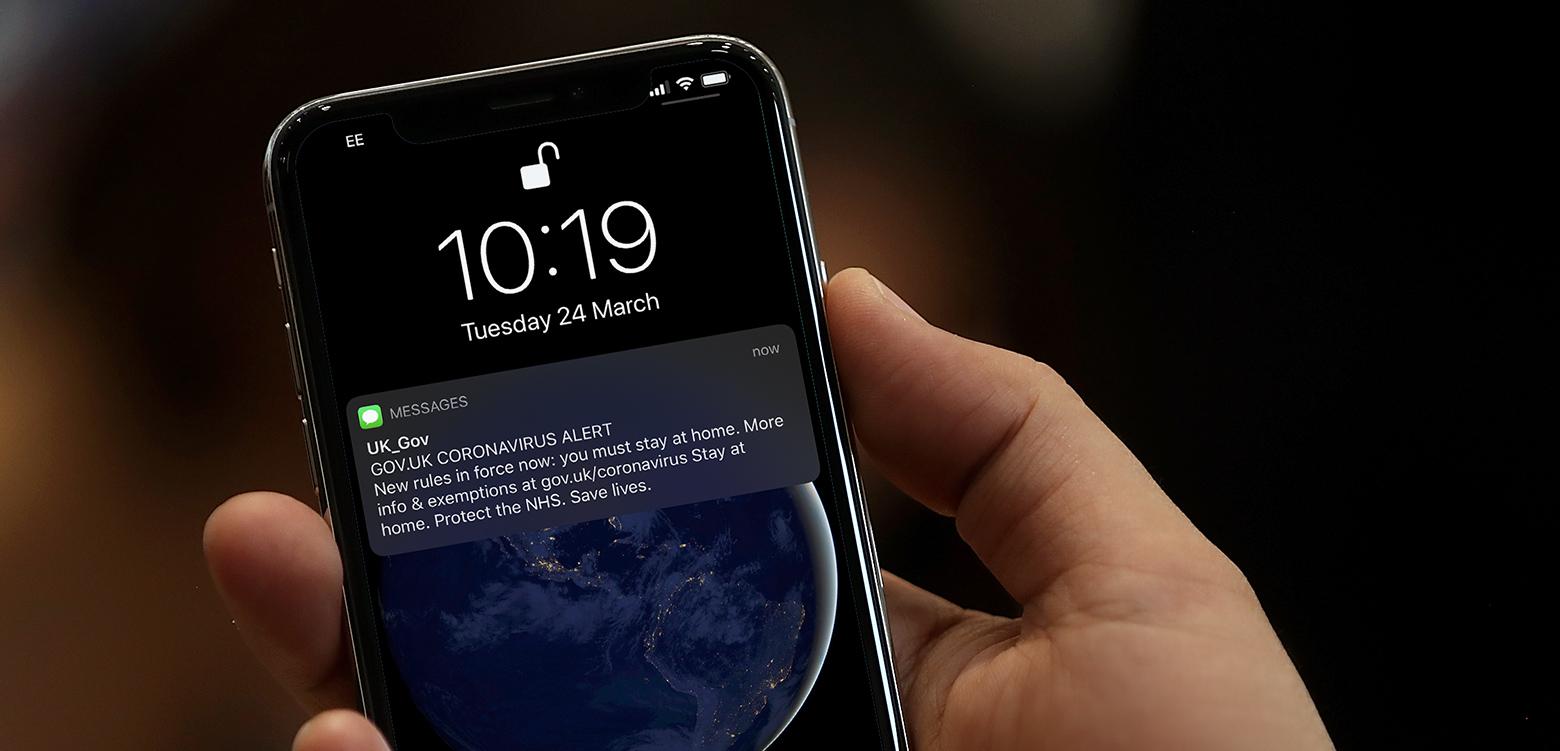
The primary goal of content strategists and information designers working with healthcare services is not only to convey vital information but to reduce people’s “cognitive load.” Borrowed from cognitive psychology, it is a frequently used term in UX and describes the process where, unable to process an overload of critical information, the brain shuts down.
Information designers can observe the Laws of UX and apply two of its “golden rules” to reduce cognitive load: Hick’s Law and Miller’s Law. Hick’s Law states that “the time it takes to make a decision increases with the number and complexity of choices,” so minimalist, uncomplicated designs are best when people need to make a decision. For example, it could be applied to an infographic outlining whether to use facial masks or not.
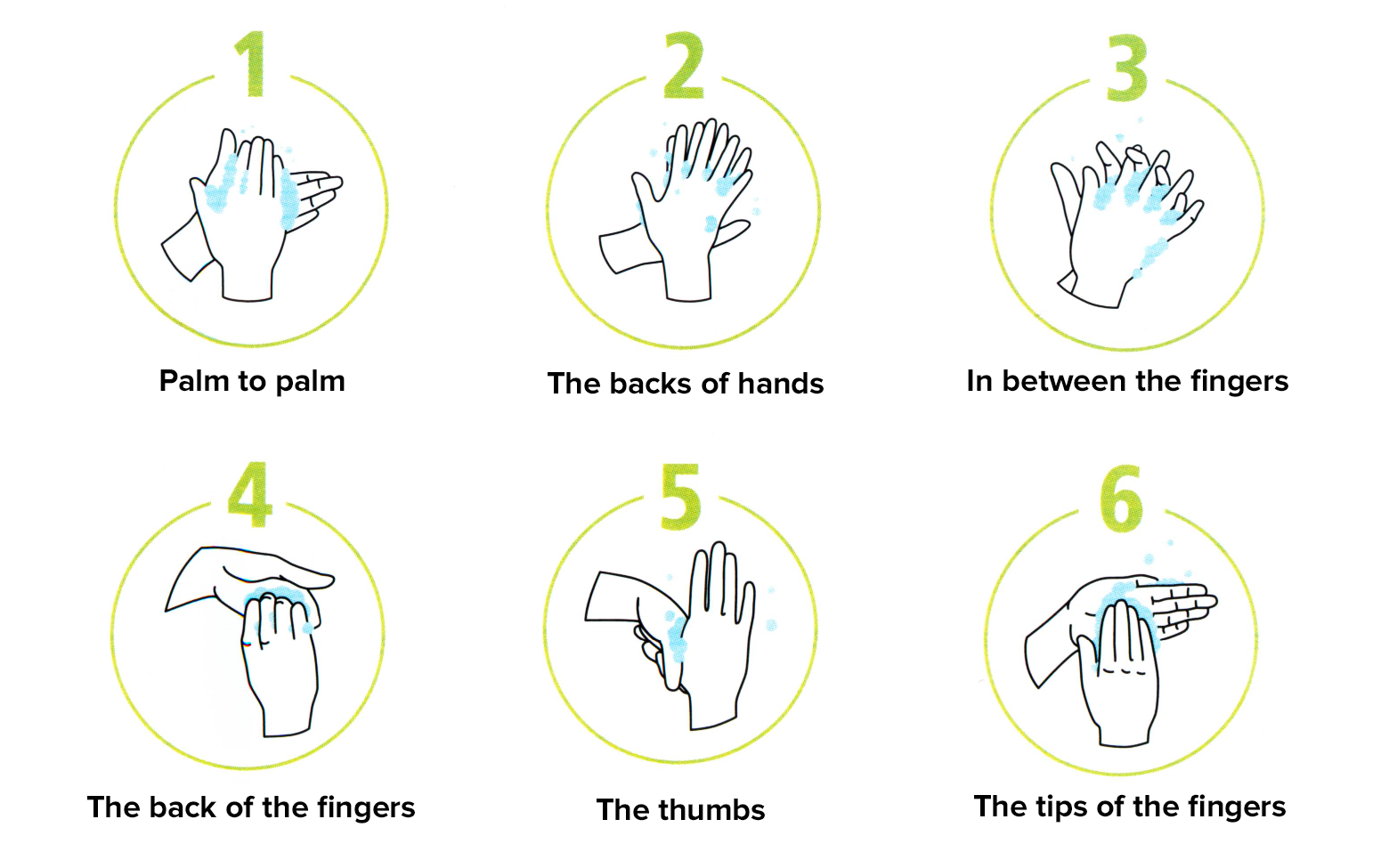
In an extreme scenario, both of these laws could be violated simultaneously by confusing pictograms meant to convey vital information, i.e., presenting too many choices and asking people to remember too many things.
The third UX principle that could be adopted for powerful information design is the Von Restorff Effect, which can help people recall information more easily. It states that “items that stand out from their peers are more memorable.” Designers can use the Von Restorff Effect to design effective, memorable information that needs to be conveyed quickly and convincingly.

The Psychology of Panic Buying
Experts say hoarding essential supplies despite reassurances from experts that shortages of everyday household goods are unlikely is motivated by a natural human reaction to stress and uncertainty.
When crises occur, people quite naturally want to regain control. We tend to run with the herd, thinking: “If everyone else is buying toilet paper, hand sanitizers, and pasta, I should probably do the same.”
How can stores prevent or at least get ahead of this kind of behavior? Reflecting on the principles of UX design, it’s about “knowing your user.” Becoming keenly aware of previous events, patterns, and behaviors that lead to the raiding of aisles in supermarkets and pharmacies could mitigate the problem.

Aligning the panic-shopping phenomenon with the user interface heuristic “visibility of system status,” clear signage throughout the shopping experience could curtail the rush to stock up on essentials. Governments could raise awareness through the media and send uniform signage to grocery stores to calm nerves and inform shoppers that there is plenty to go around.
If there is a principle that is sacred to UX designers, it’s ‘know your user.’ After all, how can we design something for people without in-depth, detailed knowledge of them?Don Norman, co-founder and Principal Emeritus of Nielsen Norman Group

Product and Service Design in the Age of COVID-19
Effective solutions are desperately needed to a myriad of problems foisted on the world by COVID-19. As a result, the pandemic is powering innovation on an atypical scale and pace not normally considered. Apart from PPEs (personal protective equipment), hospital beds, and face shields, ventilators are in short supply, which has sparked an astounding number of design breakthroughs. And that’s just one area where necessity has proved itself to be the mother of invention.
Innovation is now recognized as the single most important ingredient in any modern economy.Tom Kelley, IDEO Partner
Self-diagnosis at home, monitoring those who are infected, widespread testing, and contact tracing are just a few design problems that need solving. Dealing with emergent mental health issues, panic buying, and social distancing caused by lockdowns is another. Endless design problems with unique challenges present themselves during global crises, and exciting design opportunities abound.
Fusing advanced technology with design thinking, designers have an opportunity to bring forth many innovative products and services.

Design Thinking in Healthcare: Test, Trace, and Treat
In the battle to contain the contagion, employing the test, trace, and treat approach is unavoidable. Widespread testing and contact tracing are needed to identify and alert people who have come into contact with a person infected with the coronavirus.
Putting into practice the user-centered design process, designers could brainstorm new ideas with the “how might we” method. It would require us to accept that we don’t currently know the answer and foster a collaborative approach to solving it. IDEO calls it “challenge mapping,” which is very similar to the 5 Whys method for problem-solving (developed at Toyota in the 1930s).
For example, currently, home test kits are not reliable for testing for novel coronavirus infection. But the steps in the design thinking process could be applied to make them ready for the next one.
Under empathizing and defining, we can understand the problem; with ideation and prototyping, we can explore the most cost-effective way to make them; and with testing and implementation, we can refine and deliver an effective solution. In this way, millions of home test kits could be designed, prototyped, and tested.

Mobile apps and big data are ideal partners for contact tracing. When people develop symptoms, how can they know if it’s COVID-19? An AI-powered COVID-19 symptom checker app could “listen” to coughs and breathing, as well as measure body temperature and heart rate via an external wristband. Comparing results with large sets of previous data, it would come up with a diagnosis. Once the symptoms are confirmed, the app can then advise users on an appropriate course of action.
Looking at social distancing, apps could be designed that alert people if they’re getting too close to someone. It could be wearable tech, such as a chest camera, that would send an audible alert to their mobile device (or their earphones).
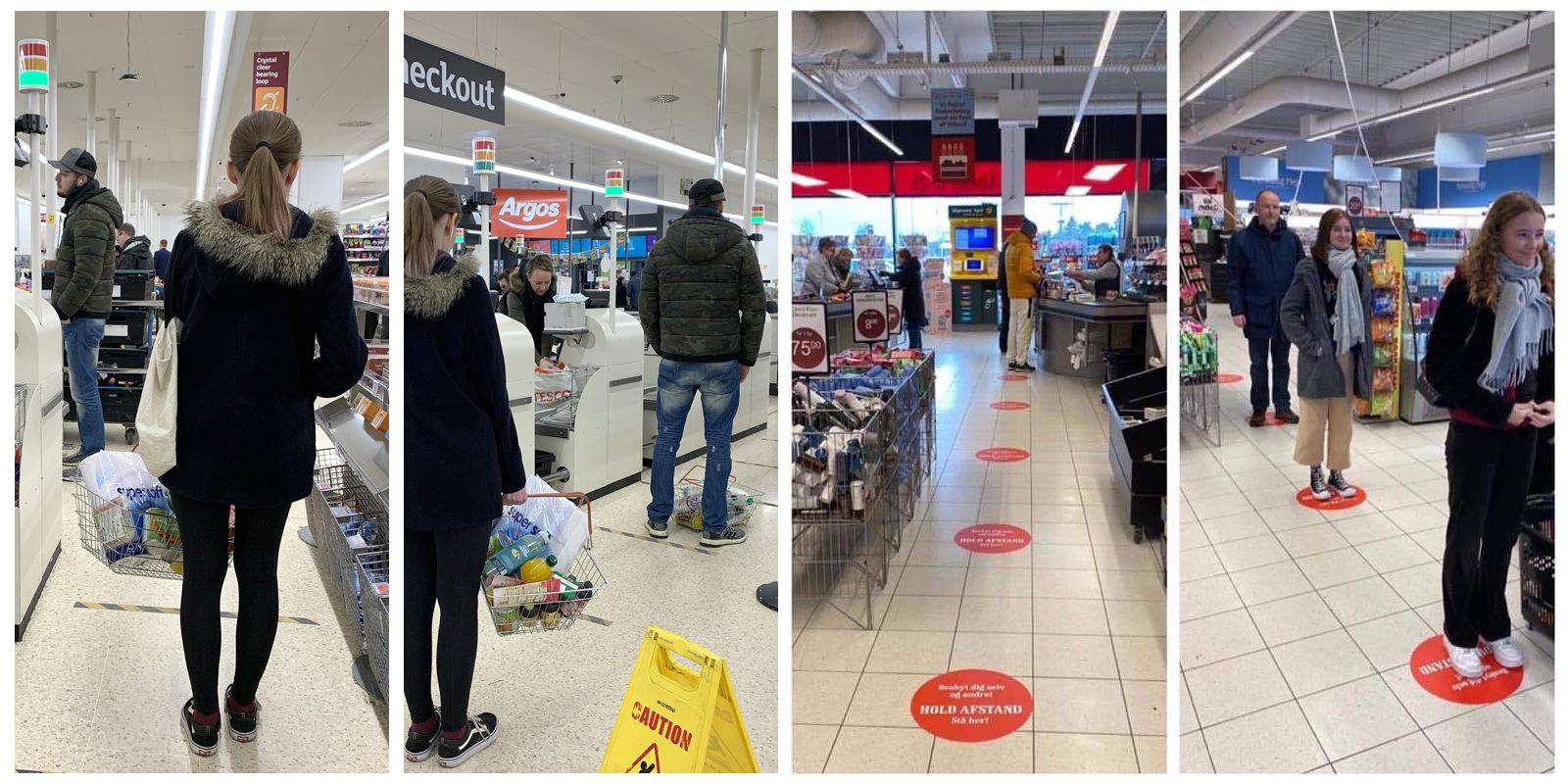
COVID-19 and Mental Health – Living in Isolation
As authorities race to stem the spread of the coronavirus by shuttering everything we take for granted, some experts fear the consequences on people’s mental health, and the longer a quarantine continues, the greater the effect.
Experts say that depression, anxiety, and suicides typically emerge from traumatic events, such as widespread lockdowns and the uncertainty of the pandemic. The impact is worse for those with existing mental health conditions, the elderly, the vulnerable, and the self-isolating.
Eight to 10 days after they were quarantined due to the spread of COVID-19, more than half the participants in a recent study reported the adverse psychological effects of the outbreak as “moderate or severe.” Can design thinking address people’s protracted isolation and look for ways to alleviate mental stress?
We can take steps from the design thinking process and approach problems from the user’s perspective: empathize with sufferers and ideate solutions. Healthcare services could support the availability of high-quality, remote counseling by therapists, psychiatric nurses, and doctors. However, the ease of use (usability) of these digital services is crucial, as well as the simplicity of making an appointment.

For many people, talking to friends and family over video calls helps. However, according to Jakob Nielsen of the Nielsen Norman Group, the elderly are typically not tech-savvy users and “need dramatically simplified software” that works with a push of a button. For them, making a video call needs to be almost as simple as using a lightswitch.
To help detect depression, Massachusetts Institute of Technology researchers have recently developed an AI system that can detect if a person is suffering from depression by analyzing their speech patterns. Such an AI system can power a mobile app that monitors a person’s speaking patterns, detects mental distress, and sends an alert to doctors. It could prove especially useful for those who can’t get to a doctor for an initial diagnosis due to distance, cost, or a lack of awareness that something may be wrong.
Designing Better Personal Protective Equipment (PPE)
When stepping out of home isolation, protection is on everyone’s mind. During lockdowns, people still need to get essential supplies, pick up medication, and get some exercise.
As designers approach the new norms and apply design thinking to personal protection, a window of opportunity opens up for design innovation. We can empathize, define, ideate, prototype, test, and implement. For example, designers could envision washable gloves made of comfortable material that offer sufficient protection and would become part of our daily protective wear.
For those with a smartwatch, using haptic vibration, apps could sound an alert as the wearer is about to touch their face. Fashionable face masks that are easy to manage yet block airborne viruses could be designed.

The lack of personal protective equipment for medical professionals is prompting design innovation at an unprecedented scale. In any healthcare system, there are not only the patients to consider but their families, the doctors, nurses, and other support personnel. A holistic system including all its components needs to be considered in order to see where design can help.
It’s putting the person, the human at the centre of what you do. Because no matter what industry or sector you’re in, there’s a human in there somewhere, so just anticipate and consider their needs.Kathryn Townsend, Head of Customer & Client Accessibility, Barclays UK
During the ideation phase in design thinking, it’s unlikely the ultimate solution to the problem will be discovered. The point is to come up with as many ideas as possible, sort through them to find the best ones (which will likely be some combination of user needs, practicality, cost-effectiveness, and other factors specific to the project), and then figure out which ideas should move on to the next step: prototyping.

Challenging assumptions is key to defining what is or isn’t a viable solution that can lead to innovative ideas. The idea is to try everything, even if some turn out to be duds.
I have not failed. I’ve just found 10,000 ways that won’t work.Thomas Edison
As intensive care units are overwhelmed, there is an acute shortage of ventilators. Some ventilator manufacturers are forming partnerships with various firms and working around the clock to make them as fast as possible. Hope is also riding on smaller design labs that could make ventilators more quickly.
With ideation and prototyping, a team led by University of Oxford professors along with a student and professors from King’s College of London have defined a simple, safe, and scalable ventilator design that meets the strict specifications for use with patients. The design exploits off-the-shelf components and equipment with parts that can be produced using 3D printing, cutting costs dramatically.
“In less than two weeks, the students, researchers, and academics driving this project have developed into a highly structured and efficient team, brainstormed a prototype, and won government backing,” professor Mark Thompson of Oxford said.

Contactless Everything Is King
Naturally, people fear contact with anything when a tap on a screen or keypad can cause a fatal infection. Touch-based UIs are not favored, and paying with cash isn’t permitted in many grocery stores. Out are ATMs, supermarket keypads, and vending machines; in are contactless transportation passes and payment terminals where people can use contactless cards, ApplePay, and Google Pay.
And then there is radar tech like Google’s Project Soli for contactless interactions.
Project Soli is developing a new interaction sensor using radar technology. The sensor tracks sub-millimeter motions at high speed and accuracy. It fits onto a chip, can be produced at scale, and built into small devices and everyday objects. Soli is a miniature radar that understands human motions at various scales: from the tap of a finger to body movements.
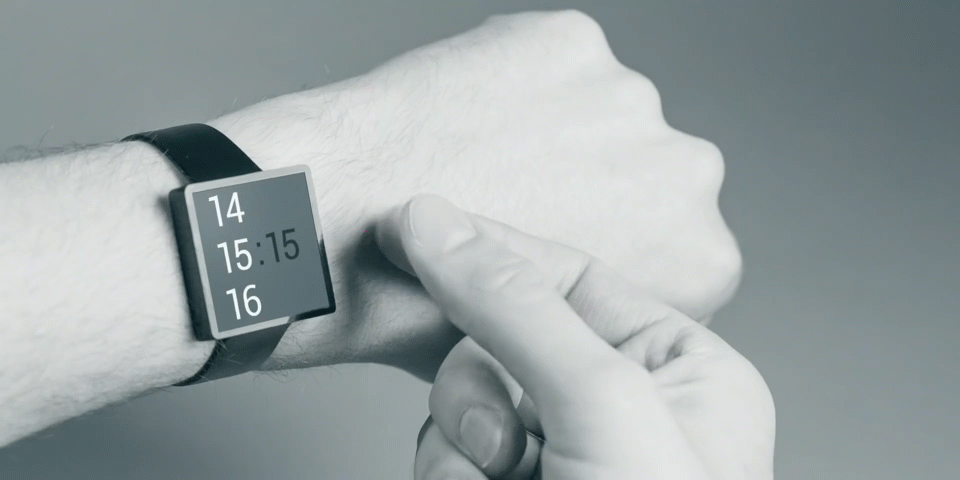
Contactless payment terminals are already here, but soon, using radar-powered motion sensors, contactless UIs should be possible for everything from ATMs to vending machines. Interacting may be slower with these UIs, but “contactless-modes” will be safer to use. When there is no longer a need, systems can switch back to touch-based interactions.
Shopping for essentials in contactless stores would be a boon during global pandemics. Computer vision, sensor fusion, and deep learning systems can enable checkout-free shopping experiences. Are checkout-free stores like Amazon Go Grocery ahead of their time?
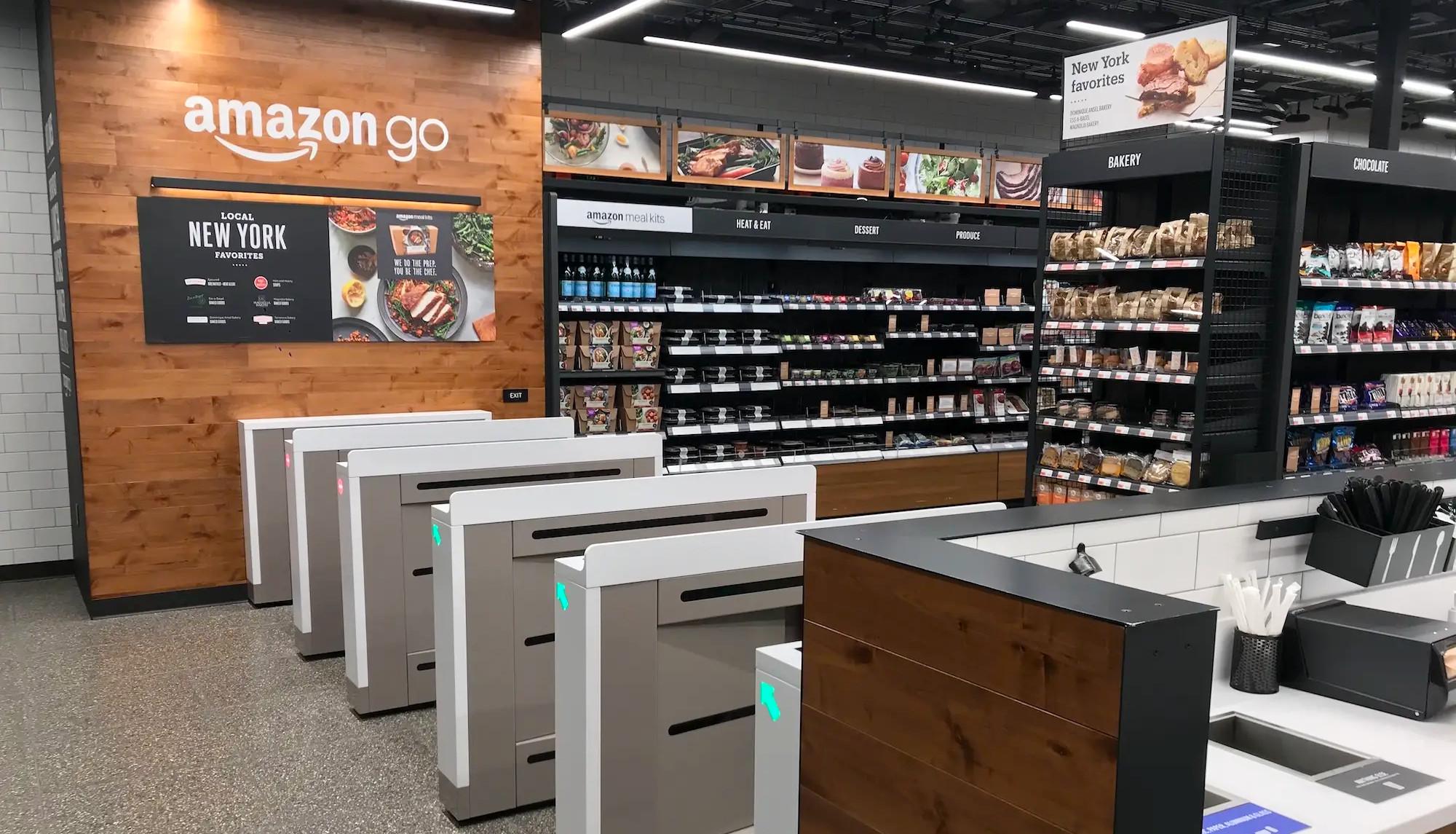
Data Visualization and Analysis
Putting cities under lockdown is not enough. Testing, contact tracing, home isolation, and rapid treatment are vital—all of which generate a lot of unstructured data. A sea of data coming in is good, but data alone doesn’t speak and doesn’t help make informed decisions. It’s tantamount to drinking from a firehose.
Policymakers and hospital leaders need to make informed decisions based on facts backed by data. For systems to function well, we not only need data but more importantly, robust data analysis and data visualization tools. Again, “visibility of system status” takes on vital importance. Patterns need to be identified, the spread of the virus visualized, and disease conditions monitored 24/7.
To facilitate better decision-making, researchers and startups are using artificial intelligence and other technologies to predict where the virus might appear next and how fast it will spread. These AI tools may use advanced technology and algorithms, but many of them suffer from poor usability. They need to be well-designed, present data efficiently, and communicate complexity with clarity through sophisticated data visualization.
UX designers have an opportunity to step in and make improvements. Once again, they can turn to the design thinking process: define the problem, ideate solutions, prototype, test, and implement the next generation of data visualization tools.

Closing Thoughts
The rapid spread of the coronavirus and the disorganized and erratic response of many governments demonstrates how unprepared we are in dealing with a global pandemic. No one looked at the COVID-19 outbreak as a design problem, but the crisis offers a chance to question the wisdom of old habits and to explore out-of-the-box thinking. Applying the design thinking process, designers and design thinkers can play a vital role in diagnosing the most pressing issues and come up with solutions.
Tumult and upheaval have altered history with wars, plagues, and chaos, sometimes leading to positive growth. We can look for a silver lining in the current calamity: COVID-19 is forcing the world to rethink its outmoded routines and power a remarkable pace of design innovation. Many design breakthroughs of the current crisis will be short-lived, but many will have staying power because they solve big problems. It’s up to designers to get to work.
Lee Luong- Co Founder & CEO







